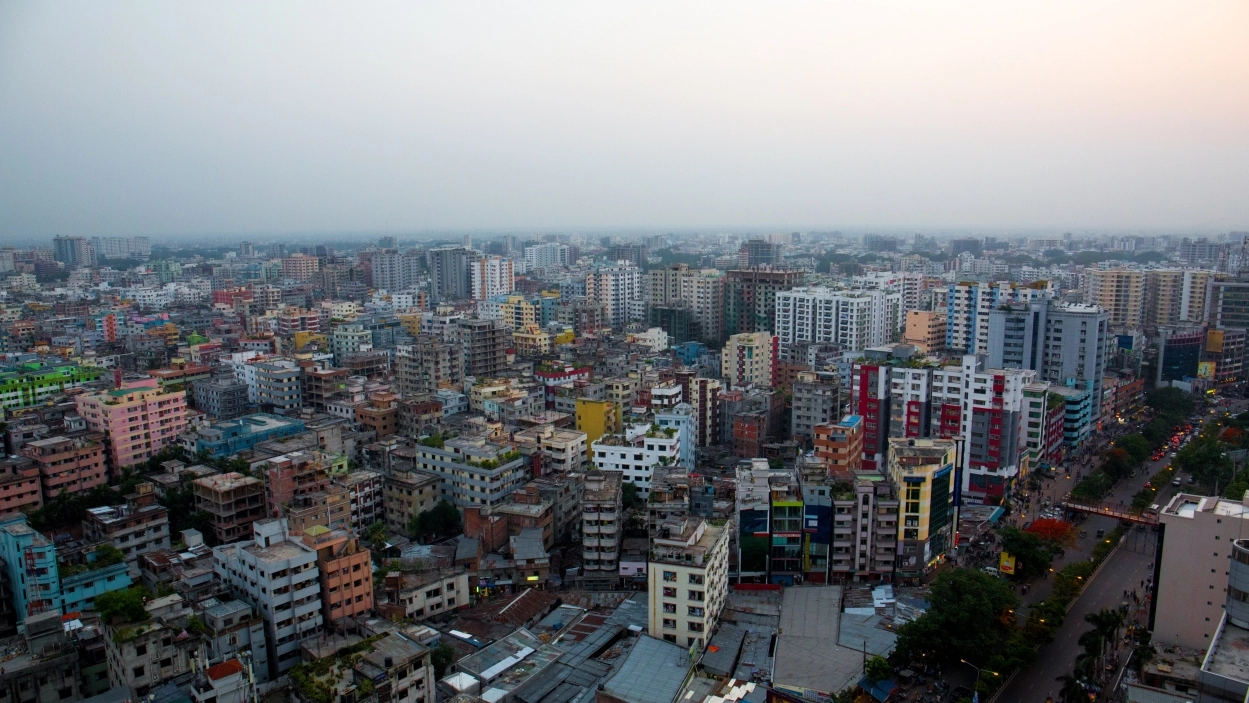Bangladesh: The economic miracle of the year

Image collected
If you wanted to pick a swiftly growing economy in 2020 in Asia, which one would you instinctively select?
Well, if you were on the ball, you would zero in on Bangladesh which has been forecast to grow at 8% in 2020 which would make it, in the coming year, most likely Asia’s fastest growing economy. It is now growing at a faster clip than India. One of its core strengths is working women. Bangladesh beats every other South Asian nation in gender equality.
As 2019 comes to an end, it is therefore befitting to spend a little time understanding what has gone into the transition that Bangladesh is undergoing. The first thing to note is the country’s sustained, low-key but diligent investment in primary education. Even more importantly, a large proportion of this money went towards the primary education of girls.
If there is one mantra for developmental success it might be this: Educate girls. The World Bank, which has given around $29 billion to Bangladesh in assistance and interest-free credit to help its development, has noted the country is that rare example among developing nations of a place where gender parity has been achieved in primary education. This means an approximately equal number of boys and girls receive the same quality of primary education in Bangladesh.
This has led to more women entering the workforce in the manufacturing sector; 80% or more of the organised textile jobs are held by women. A 2014 National Bureau of Economic Research by Rachael Heath and Mushfiq Mobarak discovered that there was a distinct connection between the education of women and them getting factory jobs especially in textiles, and further growth in education. It was, in a sense, a virtuous cycle. They found that “the manufacturing sector growth in Bangladesh had sizeable effects on parents’ propensity to keep younger girls in school, older girls’ propensity to engage in wage work, and both of these factors allowed women to postpone marriage and childbirth”.
The paper said that the garment manufacturing industry in Bangladesh had played a definitive role in the betterment of women’s lives for more than four decades. “Fertility has dropped from 5.9 children per woman in 1983 to 2.3 births per woman in 2009 (World Development Indicators), and woman’s average age at marriage has risen from 14.6 for marriages between 1980 and 1985 to 17.0 for marriages between 2005 and 2009 (Demographic and Health Survey). Moreover, Bangladesh attained gender parity in school enrolment fifteen years before the Millennium Development Goals deadline for achieving this outcome,” the paper said. It added that data showed that “villages within commuting distance to garment factories, exposure to these jobs led to a 38.6 percentage point increase in school enrolment rates”. Beginning in the 1970s, the Bangladeshi garment industry has now grown to around $30 billion size. The services sector is ballooning too—microfinance and computing bring in more than 50% of the country’s gross domestic product (GDP) these days.
Getting good primary education, especially for girls, has had an additional benefit of starting to manage better, and bring down, Bangladesh’s large, and densely packed, population. Population growth has stopped exploding, in fact it has started to fall, and between 2010 and 2018, the number of employed workers living under the poverty line declined by around 60%.
Once infamous for power cuts, Bangladesh has become a surplus power-generating country. It also exports around $1 billion worth of tech products and services every year. This is likely to jump by five times by 2021.
In five years, according to many several estimates, Bangladesh will escape the Least Developed Country tag which, when it happens, will be a breakthrough moment for the country.
One of the less discussed but vitally important ingredients of this growth has been Bangladesh’s Prime Minister Sheikh Hasina’s efforts to contain and, where possible dismantle, the network of Islamist radicals that continues to plague the country. Hasina’s commitment to keeping the most radical elements from gaining strength has kept alive the Bangladeshi dream to become a prosperous nation. The next five years might well be a Bangladeshi dream run.
Source: https://www.fortuneindia.com
Tags :
Previous Story
- Exhibiting the New Spirit in Bangladeshi Architecture
- Economic indicators contradict GDP growth figure: economist
- Bangladesh at a crossroads
- Conducive business climate key to double digit GDP...
- Job creation, decentralized dev key to economic transformation
- Bangladesh among top 4 countries in digital economy...
- A support to SME entrepreneurs
- Businesses expect robust growth next year